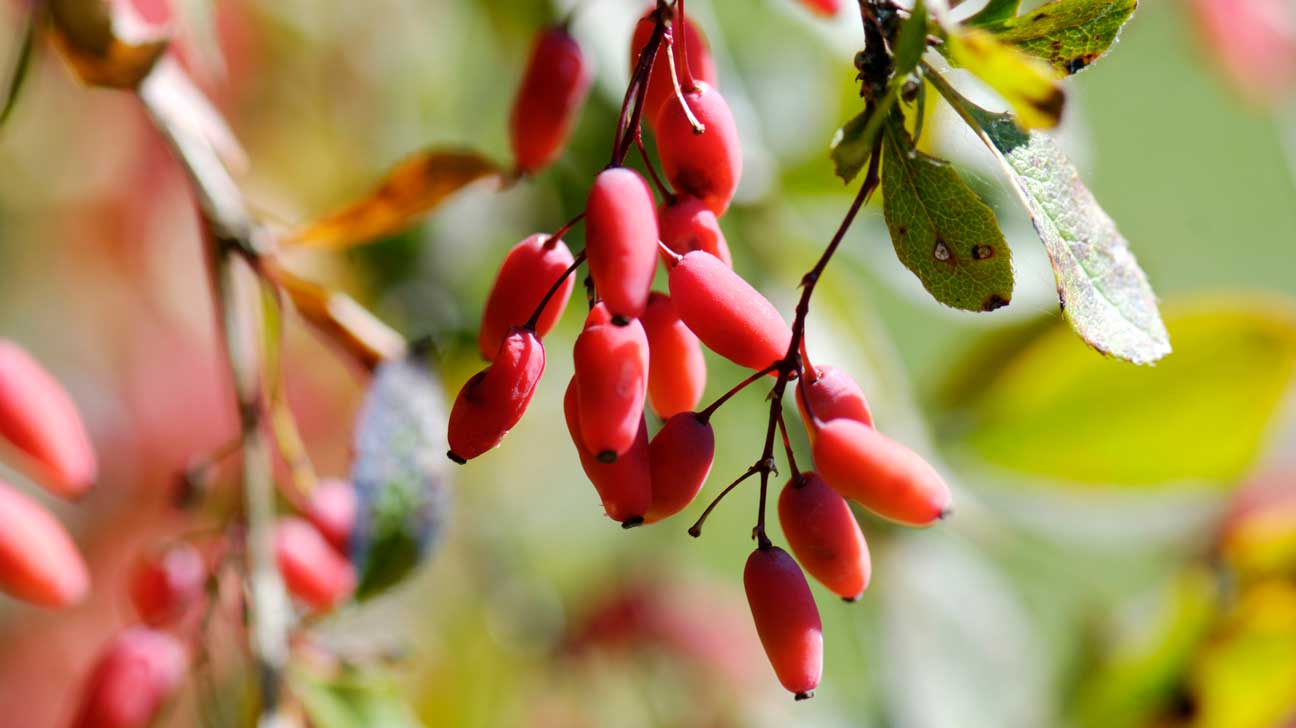The LA Times reported an interesting story of a doctor that recovered from the symptoms of the so called ‘COVID-19’ using an experimental treatment which included high doses of Vitamin C.
Dr. Padgett of the Evergreen Health Medical Center was admitted at the hospital with cough, difficulty breathing and a fever. He was reportedly placed on a ventilator; and soon after began experiencing lung and kidney failure and heart problems. At that point it was estimated that he had only days to live.
The doctors decided to try an experimental treatment using tocilizumab supplemented with very high doses of Vitamin C. The level of oxygen increased dramatically; and as a result he was taken off life support days later.
“This is a movie-like save, it doesn’t happen in the real world often,” Padgett said. This is the sad reality as doctors tend to use ventilators to assist patients with breathing difficulties in these instances, however, approximately 80% of the patients put on the ventilators die – as a result of said ventilators – not COVID-19.
Given the power of the substance they call Vitamin C and the effects it can have on the body, it is highly likely that this substance contributed substantially to his recovery.
Why Vitamin C
Why would vitamin C work? There is considerable evidence that vitamin C protects against respiratory tract infections and reduces risk for cardiovascular disease and some cancers. Vitamin C functions in enzyme activation, oxidative stress reduction, and immune function.
Vitamin C is NOT Ascorbic Acid
Technically there is no one specific substance called vitamin c. Most sources equate vitamin C with ascorbic acid and it is often marketed as such; this is over not correct. What they call vitamin C is a complex group of substances that work together. In addition to ascorbic acid, it includes rutin, bioflavonoids, Factor K, Factor J, Factor P, tyrosinase, ascorbinogen, and other components.
It is important to understand the difference because ascorbic acid is an isolate, a fraction, a distillate of naturally occurring substances together called ‘vitamin C’.
It is preferable to get your nutrients directly from food and herbs because it must be complete in order to act as a nutrient.
Natural Sources of vitamin C
Many foods and herbs contain the substances called ‘vitamin C’. These include onions, and citrus fruits. Below are a list of some foods that contains it with approximate amounts:
Grapefruit juice, ¾ cup → 50-70 mg
Vegetable juice cocktail, ¾ cup → 50 mg
Strawberries, raw, ½ cup → 49 mg
Cantaloupe, ¼ medium → 47 mg
Papaya, raw, ¼ medium → 47 mg
Herbs with the substance called Vitamin C
There are many herbs to consider including these:
Hedyotis diffusa (Oldenlandia corymbosa): Source of vitamin C.
Pink Lady (Dissotis rotundifolia): Source of vitamin C.
Bitter Cucumber (Citrulus colcocynthis): Source of vitamin C, 160 mg/100g.
Seaberry (Hippophae rhamonides) oil: Source of vitamin C, 136.1 mg/100g
Wood sorrel (Oxalis spp.): The leaves are a great source of vitamin C. 137.36 mg/g fresh.
Purslane (Portulaca oleracea): also contains beta-carotene and omega-3 fatty acids. 21mg/g fresh.
Violet (Viola odorata) (flowers and leaves): High in vitamin C.
Lamb’s Quarters (Chenopodium album): High is vitamin C and A, lots of iron. It ranks as one of the most nutritious food sources.
Dandelion (Taraxacum officinale): Rich with vitamin C, A, iron, calcium and much more.
Common mallow (Malva neglecta): Lots of vitamins C, A as well as selenium, iron, calcium and more.
Fireweed (Epilobium angustifolium): Loaded with vitamins A and C.
References
Determination of the ascorbic acid content of two medicinal plants in Nigeria – https://www.ncbi.nlm.nih.gov/pubmed/16632452
Evaluation of antioxidant activity of different solvent extracts of Oxalis corniculata L – https://www.researchgate.net/publication/235998805_Evaluation_of_antioxidant_activity_of_different_solvent_extracts_of_Oxalis_corniculata_L
Phytochemical and Pharmacological Potential of Viola Odorata – https://pdfs.semanticscholar.org/7614/6a318ab5ee303b946dcd8f446345b6d9d5e2.pdf
https://www.ediblewildfood.com/
This article is copyrighted by Ital is Vital, 2025. Want to re-post this article? Visit our guidelines.
DISCLAIMER: THIS WEBSITE DOES NOT PROVIDE MEDICAL ADVICE
The information, including but not limited to, text, graphics, images and other material contained on this website are for informational purposes only. The purpose of this website is to promote broad consumer understanding and knowledge of various health topics. It is not intended to be a substitute for professional medical advice, diagnosis or treatment. Always seek the advice of your physician or other qualified health care provider with any questions you may have regarding a medical condition or treatment and before undertaking a new health care regimen, and never disregard professional medical advice or delay in seeking it because of something you have read on this website.
